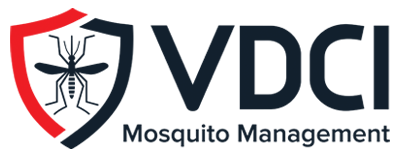Planning for Mosquito Control Services
Cities, municipalities, and other government agencies recognize the paramount importance of mosquito management. This diligence is necessary not only to prevent nuisance mosquitoes from disrupting outdoor community events, recreation, and tourism, but also to help limit the transmission of harmful diseases such as West Nile Virus, dengue, and Eastern equine encephalitis. When evaluating an Integrated Mosquito Management (IMM) program, leaders and stakeholders often seek detailed information about the anticipated costs. However, numerous factors shape the pricing of these programs.
Understanding Integrated Mosquito Management
IMM is a multifaceted approach that incorporates various control methods to target mosquitoes at all stages of their life cycle and minimize the development of insecticide resistance. These methods typically include surveillance and disease testing, larviciding (targeting mosquito larvae), adulticiding (targeting adult mosquitoes), and public education. The data gathered through mosquito surveillance and lab testing is utilized to help drive decision-making on larviciding and adulticiding applications to ensure they are conducted effectively and in the most environmentally responsible way.
One of the fundamental principles of IMM is its adaptability to local conditions and requirements. Municipalities often work closely with mosquito control experts to customize programs according to their specific needs and budget constraints. This tailored process takes into account factors such as the size of the area to be covered, the prevalence of mosquito-borne diseases, the necessary resources such as trucks and traps, the number of professionals required to execute the program efficiently, and several other considerations:
Size of the Area
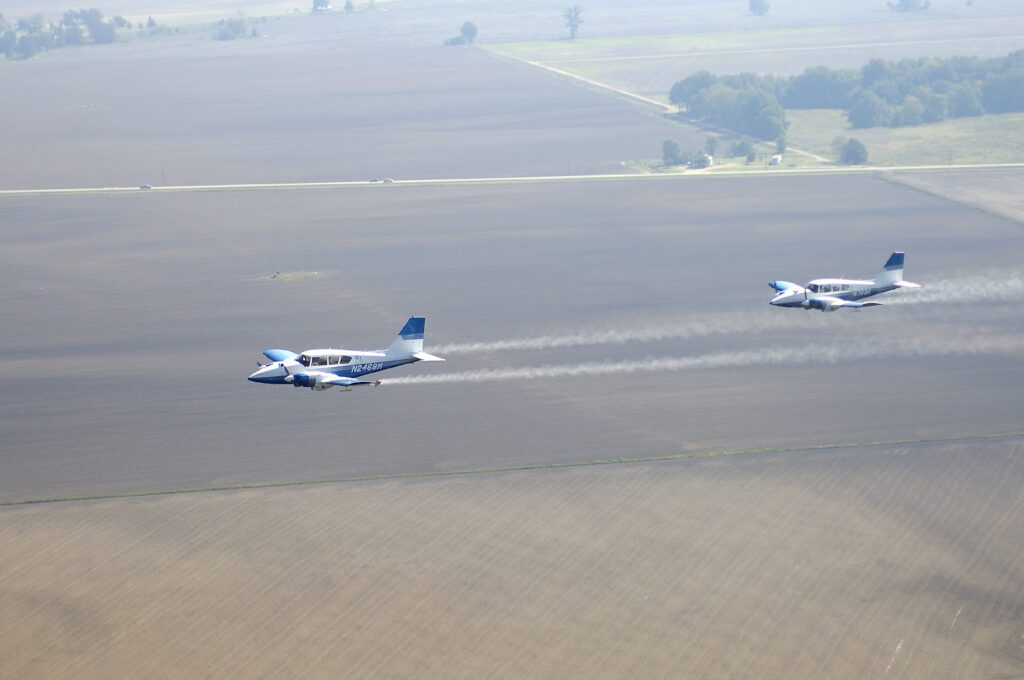
The size of the target area directly influences the resources and manpower required for mosquito control efforts. Larger areas may require more extensive surveillance networks, increased larviciding and adulticiding efforts, and additional personnel, all of which contribute to the overall program cost. In addition, the proximity of the target area to a mosquito control service hub affects logistical considerations such as transportation costs, fuel expenses, and the availability of resources. Remote areas that require longer travel times may incur higher operational costs.
Type of Control Methods
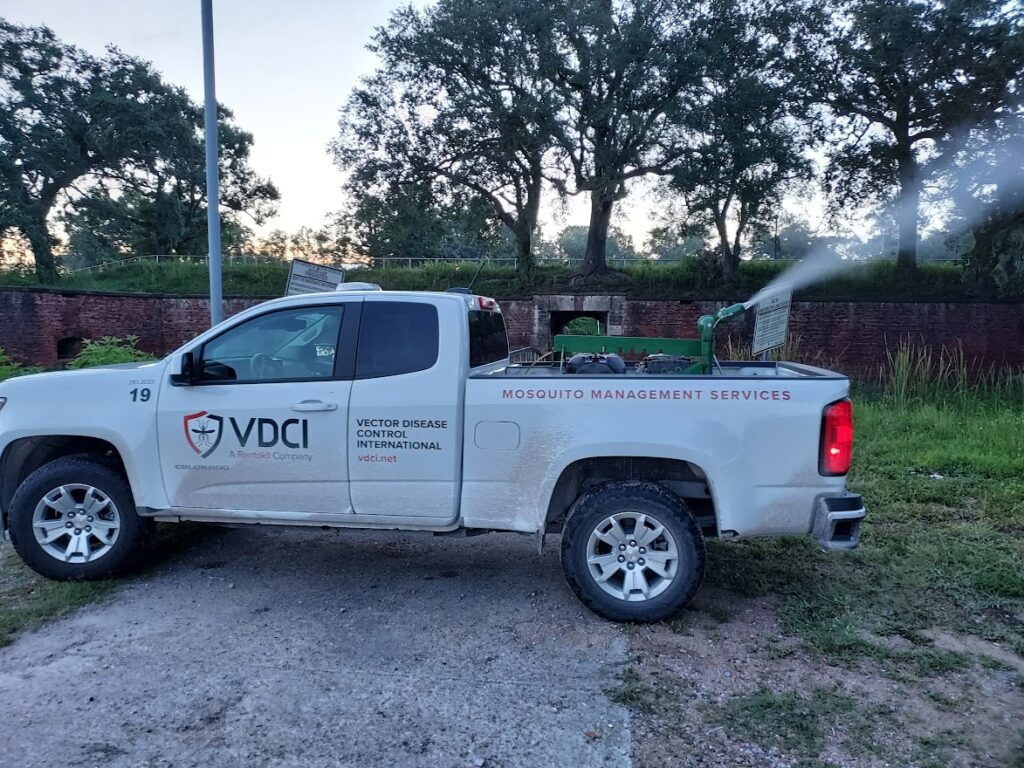
Different municipalities may require different mosquito control methods or combinations, based on their unique circumstances. For example, some areas may prioritize larviciding over adulticiding, while others may opt for aerial spraying during peak mosquito seasons. Municipalities may also have preferences for specific types of insecticides based on factors such as efficacy, environmental impact, and cost, which can significantly affect the price of a program.
Balancing Scientific Efficacy with Budget Constraints
While scientific efficacy is paramount in mosquito control efforts, budgetary constraints often play a significant role in decision-making. Often, municipalities must strike a balance between implementing effective control measures and staying within budgetary limits. This balancing act requires careful consideration of costs, prioritization of control methods, and strategically setting action thresholds to optimize resources while preventing the development of insecticide resistance.
Seasonal Events and Emergency Response
Mosquito activity varies seasonally and peak activity times require more intensive control efforts. Programs and pricing may need to be adjusted throughout the year to account for fluctuations in mosquito populations. While standard IMM plans cover routine mosquito control activities, municipalities may also need to respond to emergencies such as disease outbreaks or natural disasters. Emergency response efforts require additional resources and may incur higher costs due to the scale and urgency of the situation. Similarly, municipalities may choose to temporarily increase mosquito control measures to ensure public safety ahead of special events such as outdoor festivals.
Contracts and Pricing Structures
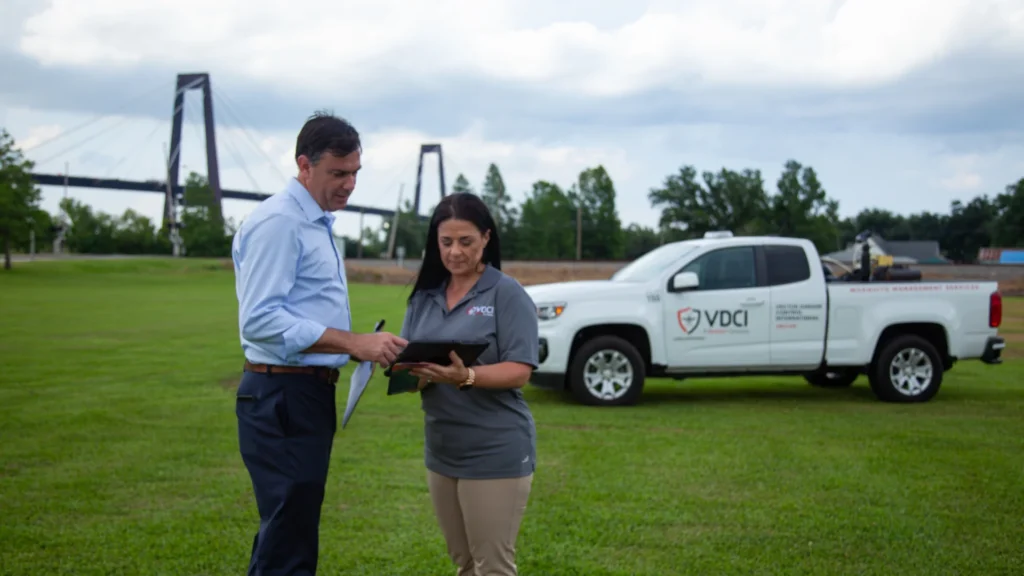
Contracting for IMM services involves a thorough assessment of the municipality’s needs, budget, and desired outcomes. Pricing structures may vary, with some municipalities opting for flat fees, monthly payments, or services based on the frequency of service and the scope of work. Additionally, municipalities may collaborate with neighboring jurisdictions to share costs and resources, further optimizing budget allocations.
IMM programs are valuable for protecting public health and mitigating the risks posed by mosquito-borne diseases, but municipalities must carefully consider these factors and anticipate pricing structures that balance scientific efficacy with any budget constraints that may exist. By investing in effective mosquito control measures, government leaders can better safeguard public health and create safer, more enjoyable environments for their communities.
Contact Our Experts
Complete the form below or call us at 800-413-4445 to speak to an expert about your mosquito management needs.
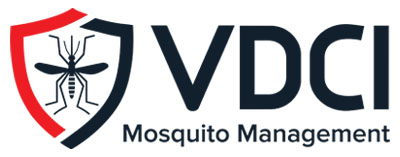 Since 1992, Vector Disease Control International (VDCI) has taken pride in providing municipalities, mosquito abatement districts, industrial sites, planned communities, homeowners associations, and golf courses with the tools they need to run effective mosquito control programs. We are determined to protect the public health of the communities in which we operate. Our mosquito control professionals have over 100 years of combined experience in the field of public health, specifically vector disease control. We strive to provide the most effective and scientifically sound mosquito surveillance and control programs possible based on an Integrated Mosquito Management approach recommended by the American Mosquito Control Association (AMCA) and Centers for Disease Control and Prevention (CDC). VDCI is the only company in the country that can manage all aspects of an integrated mosquito management program, from surveillance to disease testing to aerial application in emergency situations.
Since 1992, Vector Disease Control International (VDCI) has taken pride in providing municipalities, mosquito abatement districts, industrial sites, planned communities, homeowners associations, and golf courses with the tools they need to run effective mosquito control programs. We are determined to protect the public health of the communities in which we operate. Our mosquito control professionals have over 100 years of combined experience in the field of public health, specifically vector disease control. We strive to provide the most effective and scientifically sound mosquito surveillance and control programs possible based on an Integrated Mosquito Management approach recommended by the American Mosquito Control Association (AMCA) and Centers for Disease Control and Prevention (CDC). VDCI is the only company in the country that can manage all aspects of an integrated mosquito management program, from surveillance to disease testing to aerial application in emergency situations.
